3 Simple Hacks to Burn Fat Faster, According to New Research
Don’t even think about looking at the “fat burning zones” signs at the gym.
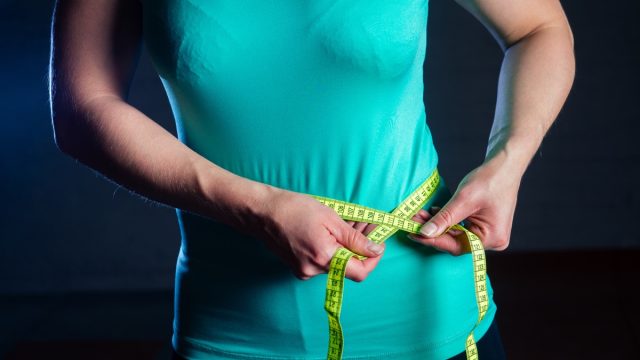
Nearly everyone is interested in shortcuts and hacks when it comes to losing weight and blasting fat. And, according to some new research, you might be going about it all wrong. "Our bodies are quite good at maximizing fat oxidation" during exercise, if we let them, researcher Isaac A. Chávez-Guevara, a lecturer in the Department of Health Sciences at the Autonomous University of Ciudad Juárez, tells the Washington Post. So, forget what the signs at the gym tell you about your "fat burning zone" and keep reading.
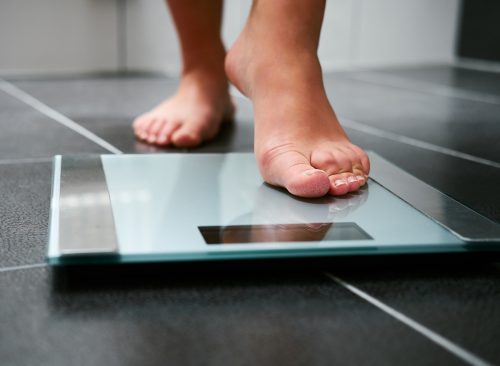
Chávez-Guevara explains that "there are good reasons" to want to find your fat-burning zone – and they have little to do with weight loss and appearance. He points to the metabolic consequences of having fat tissue, even for those who aren't considered overweight. For one, fat cells can release substances linked to inflammation and insulin dysfunction, contributing to diabetes, heart disease, and other conditions.

So, when you are reducing body fat, your overall health improves. Exercise, which requires fuel, is one way to do this. Fuel may be foods you are eating or the carbohydrates stored in your body's tissues.
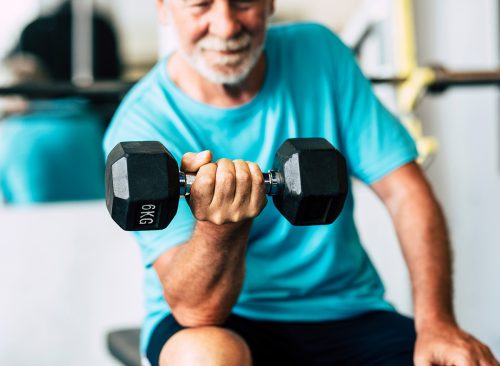
However, whether you burn primarily fat or carbohydrates during exercise depends mostly on your workout's intensity: The harder you exert yourself, the more your body relies on carbs. But the surprising thing, according to the expert, is that the lighter the workout, the more your body uses fat to fuel it: Easy exercise may be the key to your fat-burning zone.
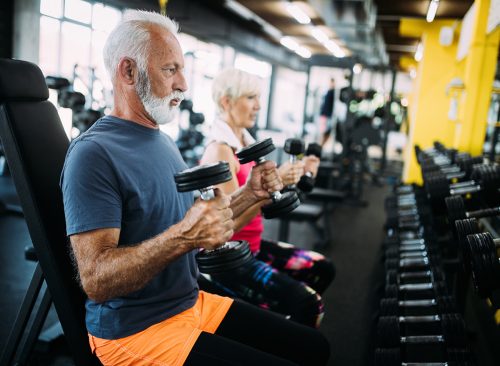
This is where it gets tricky: You need to find what pace of exercise maximizes fat burn, or in other words, your "fat-burning zone." Experts define it as the level of exercise that keeps your heart rate within about 10 percent of that pace.

In order to find yours, Chávez-Guevara suggests visiting a physiology lab for exercise and metabolic testing. If your doctor recommends the testing, it may be covered by insurance.
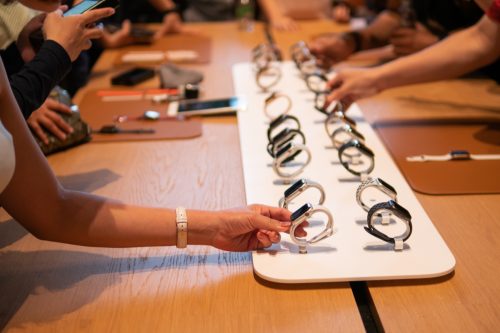
Chávez-Guevara offers a DIY approach, using a heart-rate monitor and math. For example, walk on the treadmill while wearing a heart rate monitor and find your maximum heart rate. Walk and jog at a pace that starts off feeling easy, but increase speed every three to five minutes until it is draining and your heart rate plateaus. This will be your maximum heart rate. Next, calculate 60 percent of that number and aim to work out near that heart rate.
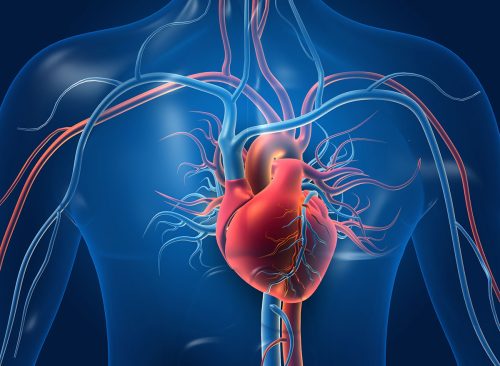
According to his new review published in Sports Medicine, those who exercised at between 57 and 66 percent of their maximum heart rates burned the highest percentage of fat. He claims that 40 minutes of easy walking seemed to be near the sweet spot for fat burning.

He explains that the finding concludes that exercising easier may be the key to burning fat. He maintains the pace hovers at about 2.5 to 3 miles an hour for many people, Chávez-Guevara said, or barely 20 minutes per mile. "Most people can manage that," he said.
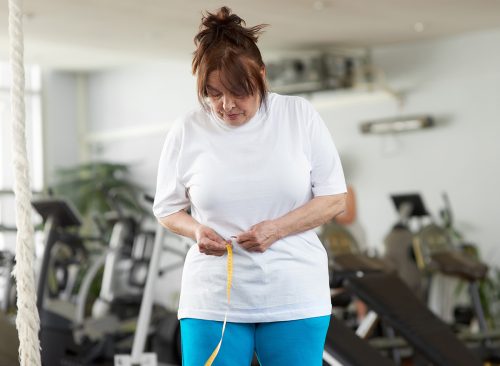
White it might be tempting to look at the fat-burning zone charts at the gym, ignore them. A small new study conducted by Icahn School of Medicine at Mount Sinai in New York found them to be inaccurate most of the time. Then, the scientists compared those zones to the ones advised on typical health-club charts. Hannah D. Kittrell, a Ph.D. candidate at Icahn Mount Sinai, leader of the study, found that many people's heartbeats differed by as much as ten beats per minute."That might not sound like much," Kittrell said, pointing out that it could be the difference between walking and jogging.
RELATED: Surprising Signs You've Already Had COVID

Food and timing can affect fat burning, Chávez-Guevara adds. He suggests being careful what you eat after working out so you aren't replacing the fat you burn.














